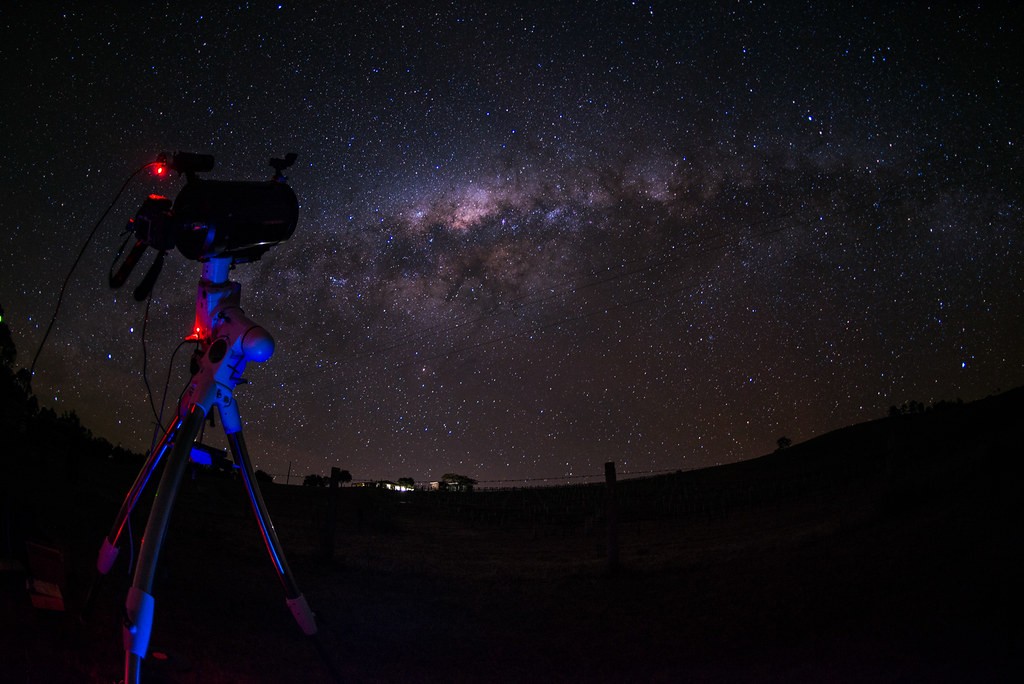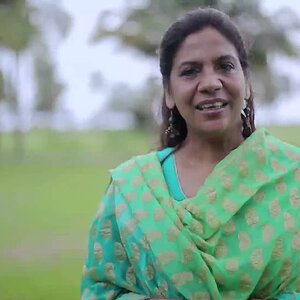Patriot
No longer a newbie, moving up!
- Joined
- May 10, 2012
- Messages
- 809
- Reaction score
- 117
- Location
- Spokane, Washington
- Can others edit my Photos
- Photos OK to edit
Why are companies pushing for such high ISO numbers? At what point would someone really use ISO 25,600? It seem so pointless to go so high as IQ will drop because of it. Is it just bragging rights at who can produce the better sensor? It seems the same as shutter speed, I can't think of when someone would use a shutter speed of 1/8000th. If you taking pictures at night why not just use a tripod and slow the shutter to let in more light? Heck you could use ISO 100 if you leave the shutter open long enough right?
In my opinion they should focus that R&D funds to developing better optics(which can always get better) or focusing better in low light. How about making a hybrid split screen for better manual focusing and fast auto focusing. Those things are really good at manual focusing. I'm sure it could be done if they stop worrying about such ISO numbers and focus that energy else where.
I'm not saying that it's useless because I'm sure some people use it. Can someone explain this to me because I can't think of a good reason so far? Or could some show me a picture at which they had to push the ISO that high?
-Hunt
In my opinion they should focus that R&D funds to developing better optics(which can always get better) or focusing better in low light. How about making a hybrid split screen for better manual focusing and fast auto focusing. Those things are really good at manual focusing. I'm sure it could be done if they stop worrying about such ISO numbers and focus that energy else where.
I'm not saying that it's useless because I'm sure some people use it. Can someone explain this to me because I can't think of a good reason so far? Or could some show me a picture at which they had to push the ISO that high?
-Hunt




![[No title]](/data/xfmg/thumbnail/37/37604-7ad625e983f92f880eb65a264eeef5e4.jpg?1734170732)

![[No title]](/data/xfmg/thumbnail/37/37602-1ef8dbb1c2d0e4ff347ee65d328c3603.jpg?1734170730)



![[No title]](/data/xfmg/thumbnail/35/35597-714b74cc48992e5353856abfe325df68.jpg?1734167220)
